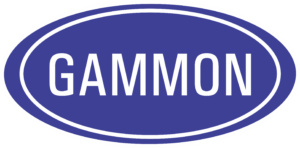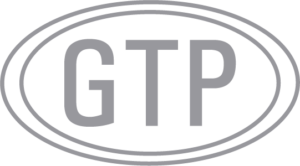Consider these bits of reasoning:
If you are reading this GamGram, you are somehow involved in aviation fuel or fueling operations. If you see any intelligence in the above quotations, you have been brain-washed just the same as the guy who changes his brand of beer because the TV commercial says their brand tastes better if you drink more than “one or two.”
There are obviously no unimportant flights. Human beings in little planes are just as alive as those in big planes. When you die from the crash of a Boeing 747, you are just as dead as if a one-man helicopter crashed into your house and killed you. Granted that there are more people in large planes, but there is simply no logic in an argument that the required extent of safety precautions is proportional to how big the airplane is built.
Would it be sensible to say that the smaller the plane, the more water and dirt can be in the fuel? If your brain is properly in gear, you surely will agree that flying can be bad for your health in any aircraft if the fuel is dirty, wet or otherwise contaminated.
The number of new low capacity refueling installations being made in the USA today is far greater than at any previous time. Most of these are for jet fuel but avgas installations are also being built at a high rate. There are several reasons for this increased activity in the face of escalating fuel prices and fluctuation availability.
- 1
Commuter airline operations are increasing.
- 2
Private operators, worried about availability, want the flexibility of negotiation for their own supply.
- 3
US Government ADAP funds are becoming available for small airport projects.
Traditionally, major oil company engineers have scrutinized plans for new installations if they did not design the entire system themselves. This control is all but lost today in the USA, and we would argue that a high percentage of new projects are virtually out of control.
The FAA has never had any list of minimum standards for fuel handling systems or procedures, because the oil companies have done a remarkably good job over the years. This control is still evident in airlines operations where there are fuel supply contracts. Also, the airlines have operating manuals that the FAA demands be followed. The problem area is new installations where an oil company is often not involved today.
Fuel that is bought on the spot market has no major oil company behind it; it may be excellent, or it may be terrible. Some of this fuel is coming from places the major oil companies like to call “backyard tea kettles”. After all, it really is not difficult to make kerosene; all you need is a supply of crude and a distillation column. Making jet fuel that conforms to all requirements of ASTM D1655 requires more elaborate equipment but in these days of unreliable availability, many operators seem willing to burn anything that “looks” like jet fuel.
So here we are, back to the basic problem – people who have no background or experience in fuel handling are deciding how facilities will be designed and operated. And just because an engineering company is commissioned to design the facility does not solve the problem. We have dealt with some that did not know a coalescer from a slug valve or the difference between avgas and jet fuel. It is encouraging that a few qualified aviation fueling specialists who have retired from major oil companies and airlines are now operating as independent consultants.
There are significant differences in minimum standards among oil companies. If you ask companies A or B, they will say that epoxy lining of the underground tank is not necessary while C, D and E insist on it. Of course, A and B may feel that they have other controls or procedures that make epoxy lining unnecessary. If the FAA tried to set up a standard that specified epoxy lining, A and B would object. Oil company E would object to a requirement for a floating suction. C insists that the swing joint of a floating suction be at the centerline of an underground tank while all the others demand that it be at the bottom. There are few points of complete agreement and no fuel suppliers want the requirements of another company imposed on them. THE BOTTOM LINE IS SURELY THAT THE FUEL MUST BE CLEAN AND DRY IN THE AIRCRAFT.
If there is one principle to which everyone agrees, it is that repetitive and redundant controls are responsible for the generally high degree of safety we have today. In other words, it is not ONE thing you do to have clean fuel; you do MANY things. If one or more fails, the others fill the gap.
The following list of 7 design features provides optimum control and there will be little argument on the desirability of each one.
- 1
Epoxy-lined, non-ferrous, or fiberglass tank
- 2
Receive into storage through filter separator
- 3
Tank installed with slope 1/4” per foot slope; inlet and outlet at high end
- 4
Floating suction in the storage tank
- 5
Dispense through filter separator
- 6
Water sensor in sump of dispensing filter separator – to stop the pump or close a valve
- 7
Monitor – such as a go-no-go device
Our proposition is that a facility does not need all of these features. It must have No. 5, it must have either No. 6 or 7, and at least 2 of the first 4 features. We would consider this a bare minimum facility to insure that contaminated fuel does not reach the aircraft.
Why do we say that either No. 6 or 7 is absolutely necessary? Because, after the filter separator sump has filled with water, there is no other way to keep it from going into an aircraft. Take a look at your facility. If you have no positive shut down feature, you are not protected.

